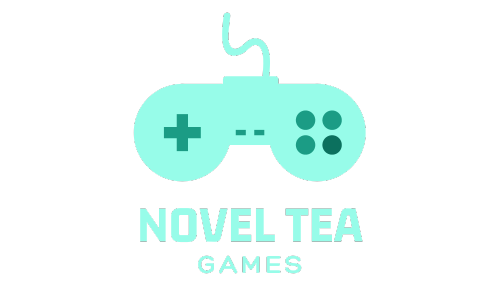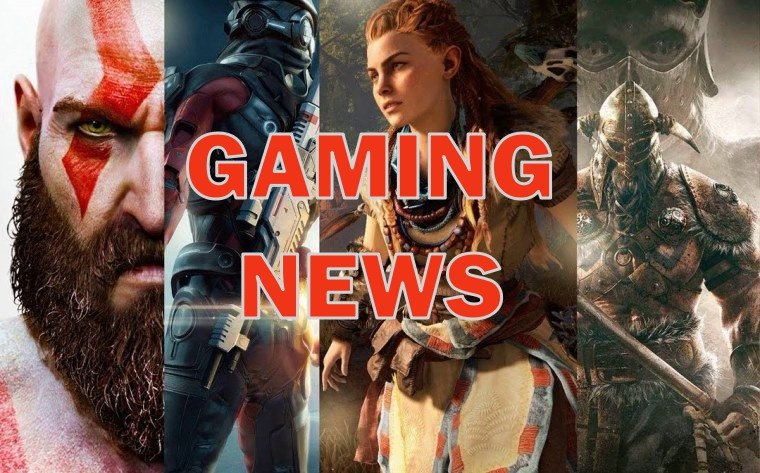In this day in Nintendo history, we celebrate the release of Super Mario Land 2: 6 Golden Coins, Game Boy Color, Wario Land II, F-Zero Climax and more.
On This Day in Nintendo History is a blog that highlights the most important events in Nintendo history. It has posts about Super Mario Land 2: 6 Golden Coins, Wario Land II, and more.
On this day in Nintendo history (October 21),…
-
In Japan, Pro Wrestling for the Family Computer Disk System was launched in 1986. Select a pro-wrestler from the line-up and compete in a wrestling bout in this fighting/sports game created by TRY. To compel your opponent to submit, use punches, kicks, grips, throws, and dives. You lose if you are pinned down by your opponent and counted out. Play in a tournament of computer-controlled fighters or in a 2-player battle against a human opponent.
-
Super Mario Land 2: 6 Golden Coins was a Game Boy game published in Japan in 1992. A temper-tantrum tyrant seizes Mario Land in this platforming game created by Nintendo R&D1! Mario is up against Wario, an evil competitor who has taken over Mario Land and transformed it into his own playground. Mario must explore new worlds for the six golden coins that open the entrance to Mario’s castle in order to depose Wario from his ill-gotten reign. A horde of ancient and new creatures is out to stop him.
-
In Japan, the Game Boy Color (GBC) was launched in 1998. Nintendo Research & Engineering created a portable gaming console. It is the Game Boy’s successor, and it is still part of the Game Boy family. The GBC has a color screen instead of a monochrome display, however it is not illuminated. It is somewhat thicker, taller, and has a smaller screen than the Game Boy Pocket, its Game Boy line’s immediate predecessor. It uses a proprietary 8-bit Sharp CPU that is a mix of the Intel 8080 and the Zilog Z80, much like the original Game Boy. The name of the system, Game Boy Color, is spelled the same everywhere across the globe, using the American English spelling of “color.” The Game Boy Color was a home console from the fifth generation. The grayscale 16-bit handhelds, Neo Geo Pocket, and the Wonderswan were the GBC’s main rivals in Japan, but the Game Boy Color outsold them by a large margin.
-
In Japan, Wario Land II for the Game Boy Color was launched in 1998. Wario slept peacefully every night in this platforming game, created by Nintendo R&D1, knowing his priceless wealth was securely stored away… until the Black Sugar Gang came in and pilfered it all! In this amusing platformer, assist Wario in recovering his fortune. Wario is unaffected by opponent assaults, but some have strange affects on his body, changing him into new forms such as scorching Hot Wario or Zombie Wario, each with their own set of powers.
-
In Japan, Kaijin Zona was published on the Game Boy Color in 2000. You move to a school where Puzzle Riddles are all the rage in this adventure/quiz game created by Vistec. Based on the TV Tokyo series Phantom Zona. When you arrive at the school, you are greeted by Phantom Zona, who explains that the school is really the headquarters of a hidden subterranean gang that fights Puzzle Riddles, and that the headteacher is their leader. You’ll be confronted by characters who will tell you riddles. Using the on-screen keyboard, type the answer.
-
In North America, Mario Party 4 was released in 2002 for the Nintendo GameCube. This party game, created by Hudson Soft, is the largest, most fun-packed party game ever, with 50 all-new mini-games and numerous rendered 3-D game boards. Nintendo’s favorite characters are back on the game board, from Mario to Bowser, Yoshi to Donkey Kong, and Wario to Luigi. Inside the Party Cube, Koopa, Toad, and the others have created a number of maps.
-
In Japan, F-Zero Climax was published on the Game Boy Advance in 2004. F-Zero returns in this racing game by Suzak for more high-speed racing action. Complete the three laps of each circuit in the fastest time possible to climb the rankings and win the F-Zero cup. To prevent crashing, use boosts and quick turning. A track designer is included in F-Zero Climax. Another new feature is the Survival Mode, which allows players to compete in races with specific restrictions. You may, for example, attempt to win a single lap race or disable all crashes.
-
In Japan, Pocket Rurubu Osaka and Pocket Rurubu Yokohama/Kamakura for DSiWare were launched in 2009. These Nintendo reference software include a sightseeing trip guide and journal, as well as information from Japanese Rurubu travel guides. Each version includes landmarks and maps of Japan’s many regions and towns, as well as a travel planner and recommendations. During your journey, you may snap pictures and write notes, which you can later attach to the maps and play back as a slideshow anytime you like.
What are your favorite game-related memories? How well do you believe they’ve held up over time? Discuss it in the comments section.
(I am a computer program.) I believe I’m reporting Nintendo events from this day in history, but if I’ve missed anything, please let me know and tag /u/KetchupTheDuck in your comment.
Original source: link
For the game Gaming News, write “On This Day in Nintendo History: Pro Wrestling; Super Mario Land 2: 6 Golden Coins; Game Boy Color; Wario Land II; F-Zero Climax, and more.”
2021’s Top 35 New PC Games
Are you looking for PC games to play? Here are all of the new PC games to keep an eye on in 2021.
20 Best New PS4 Games in 2021
The pace of PlayStation 4 game releases isn’t going to slow down in 2021. Here’s everything to look forward to in the coming months.

